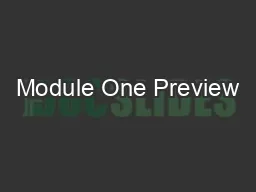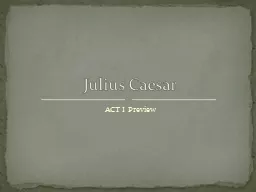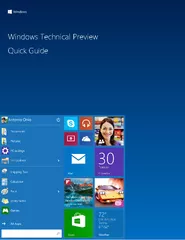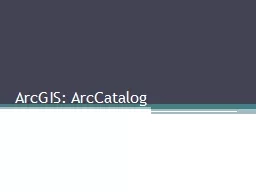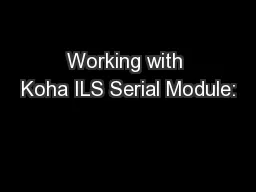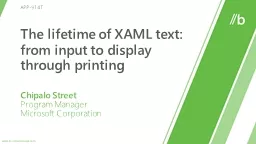PPT-Module One Preview
Author : lois-ondreau | Published Date : 2017-07-11
Introduction In this twoweek module well begin our journey of learning about photography Well pack our bags with the tools well need for this class and take a look
Presentation Embed Code
Download Presentation
Download Presentation The PPT/PDF document "Module One Preview" is the property of its rightful owner. Permission is granted to download and print the materials on this website for personal, non-commercial use only, and to display it on your personal computer provided you do not modify the materials and that you retain all copyright notices contained in the materials. By downloading content from our website, you accept the terms of this agreement.
Module One Preview: Transcript
Download Rules Of Document
"Module One Preview"The content belongs to its owner. You may download and print it for personal use, without modification, and keep all copyright notices. By downloading, you agree to these terms.
Related Documents

